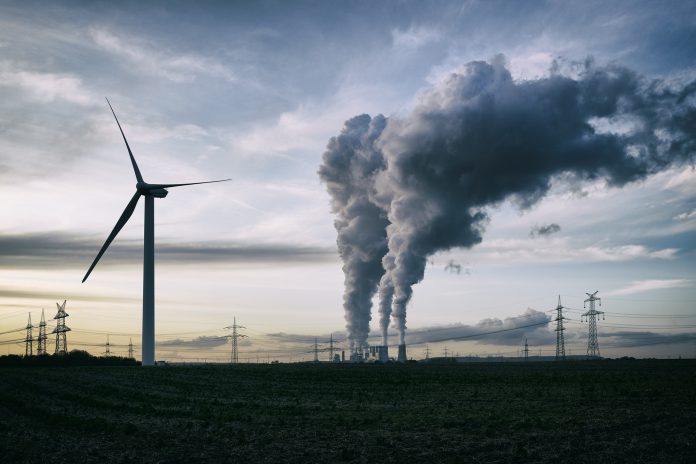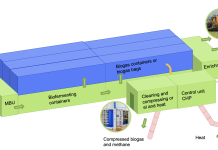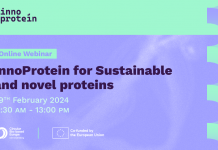Researchers have found an approach to help tackle sustainability; the study introduces a strategy to produce acetylene (C2H2)
Acetylene (C2H2) is a vital hydrocarbon, and the team from Doshisha University and Daikin Industries, Ltd. in Japan plan to produce it using carbon dioxide (CO2) and water (H20) as raw materials.
Acetylene and its role in society
Acetylene is commonly used in welding, industrial cutting, and producing synthetic resins and plastics. However, its traditional synthesis from fossil fuels contributes significantly to carbon emissions.
The research team, including Assistant Professor Yuta Suzuki and Professor Takuya Goto from Doshisha University, alongside Tomohiro Isogai from Daikin Industries Ltd, started to develop a more sustainable production pathway.
Their strategy uses electrochemical and chemical conversion processes in high-temperature molten salts.
Specifically, chloride melts. The method relies on metal carbides, solid compounds of carbon and metal atoms, as intermediates in the conversion process.
A sustainable alternative to fossil fuels
The team conducted extensive experiments to optimise energy efficiency, exploring various electrode materials and molten salt compositions.
The detailed analysis identified the optimal configuration of a NaCl−KCl−CaCl2−CaO melt saturated with additional CaCl2 in a CO2 atmosphere. This formulation reduced the selective formation of CaC2 around the cathode, exceeding previous lithium-based melts in performance.
The proposed approach offers multiple advantages over the usual synthesis methods. Electrodes can be reused following a reconditioning process, as the desired reactions occur on deposited metal carbides rather than directly onto electrode surfaces.
By using CO2 as a feedstock, the process presents a sustainable alternative to fossil fuels.
A more sustainable future without fossil fuels
“The proposed approach represents a promising technology for realising a sustainable resource and energy cycle without relying on fossil fuels,” highlights Professor Goto.
“In the future, this same technique could be used as a carbon negative emission technology by extracting carbon dioxide from the air and using it as a raw material, particularly in combination with direct air capture processes.”
This potential for carbon capture and utilisation holds promise for combating climate change while advancing industrial processes.
With further research, this development could help change chemical production and lead us towards a more sustainable future.













